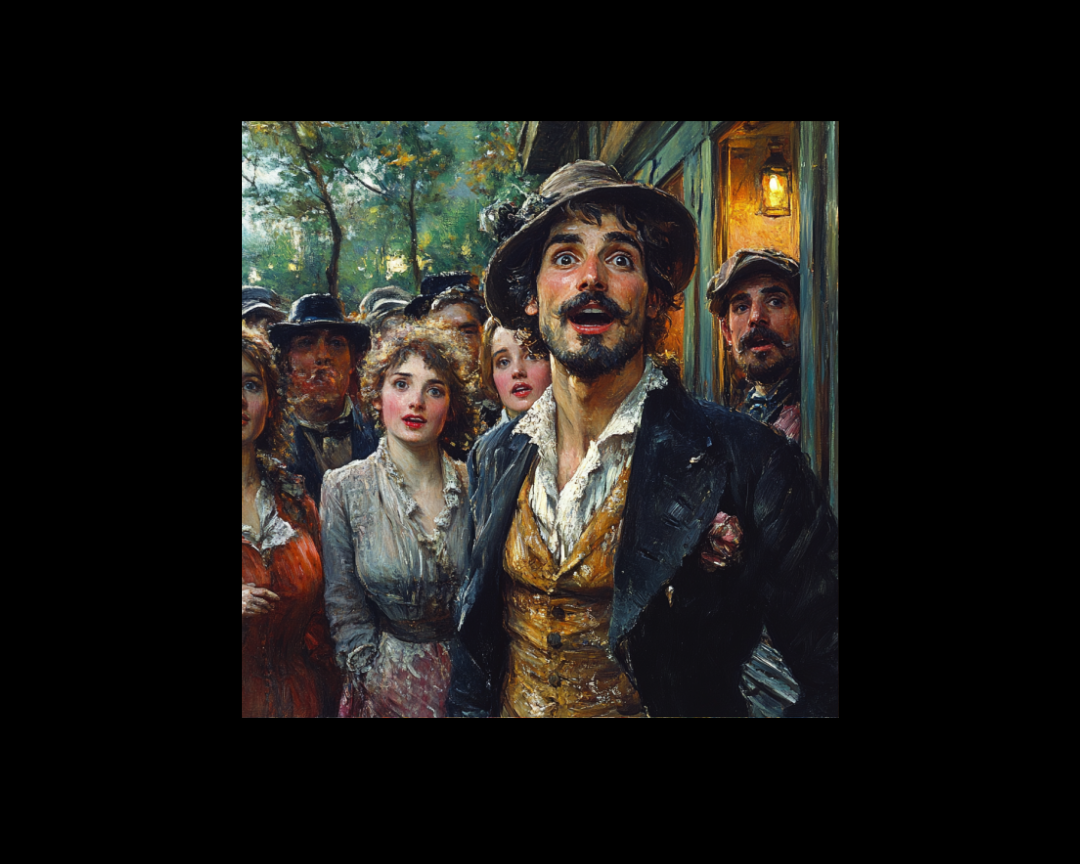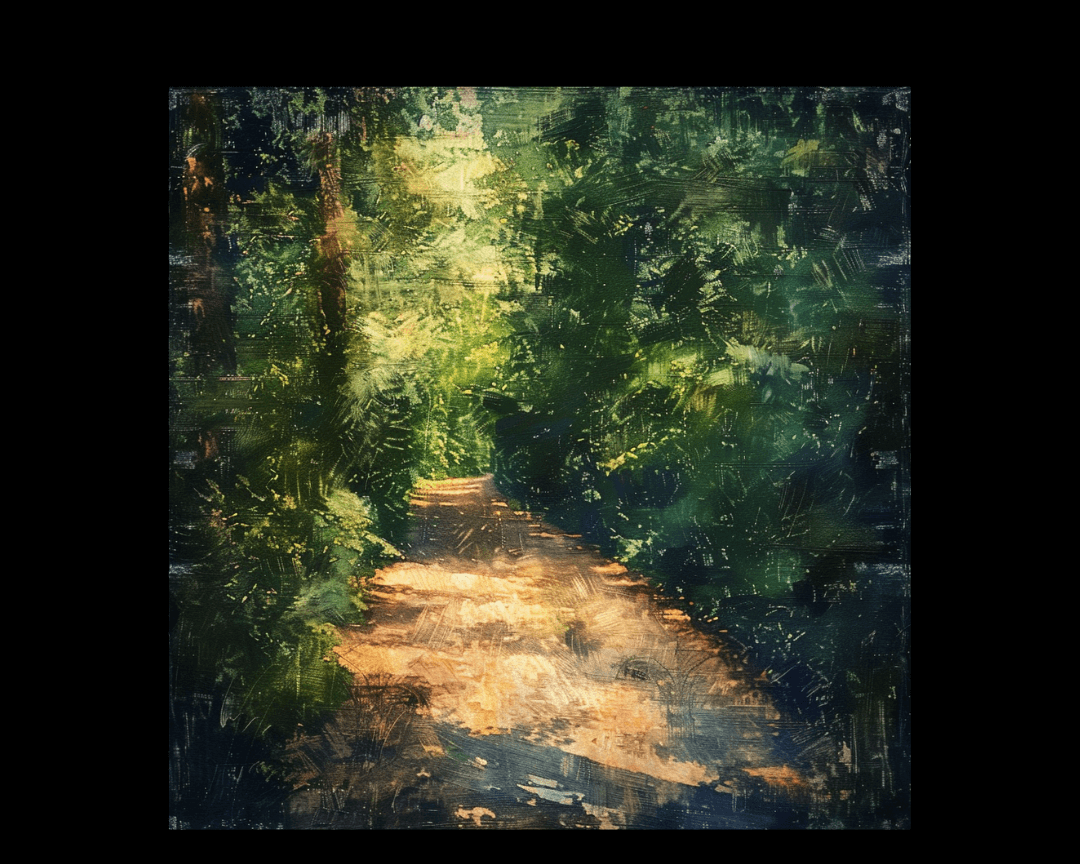Biomimetic Plot Structures
Writers often look to nature for inspiration—whether for metaphors, settings, or character development. But what if we could take inspiration from...

In storytelling, chronesthesia—the mental ability to perceive and travel through time—is a powerful tool to manipulate a reader's sense of the past and future. Writers can evoke chronesthesia by playing with narrative structures, altering timelines, and influencing how characters and readers perceive time, allowing them to mentally "travel" through it. By tapping into this cognitive phenomenon, storytellers can create complex narratives that enrich the reader’s experience of time and memory, while also blurring the lines between past, present, and future.
In this article, we’ll explore what chronesthesia is, how it operates in storytelling, and the key techniques writers can use to manipulate a reader's perception of time.
Chronesthesia refers to the human capacity for mental time travel—the ability to reflect on the past and imagine future events. Cognitive scientists like Endel Tulving have described chronesthesia as the way humans mentally navigate through time, allowing us to project ourselves into different temporal experiences. This concept applies directly to storytelling, where writers can manipulate how characters and readers move through time, altering their perception of events and creating a layered narrative experience.
Writers often utilize various techniques to influence a reader's perception of past and future, creating a sense of temporal fluidity or complexity. These techniques can create disorientation, anticipation, or depth in a narrative, challenging readers to engage with the story in a non-linear way.
One of the most common ways to manipulate time is through nonlinear storytelling. This involves presenting events out of chronological order, forcing readers to piece together the story themselves. By rearranging the timeline, writers can create tension, build mystery, or highlight the subjective nature of memory.
Example: "Slaughterhouse-Five" by Kurt Vonnegut exemplifies nonlinear storytelling, where the protagonist, Billy Pilgrim, becomes “unstuck in time” and experiences moments from his life—past, present, and future—out of order. This structure mirrors Billy’s post-traumatic stress and reflects on the unpredictability of time, drawing the reader into a similar disorienting experience.
Example: "The Time Traveler’s Wife" by Audrey Niffenegger uses a nonlinear structure to explore the complexities of a relationship strained by involuntary time travel. The shifts between past, present, and future create an emotional resonance by showing how love transcends linear time.
Flashbacks and flashforwards are classic techniques for manipulating the reader's perception of time, allowing writers to jump between temporal points while maintaining a sense of overall narrative continuity. Flashbacks provide insight into a character’s past, while flashforwards create anticipation or foreshadow future events.
Flashback Example: In "The Great Gatsby" by F. Scott Fitzgerald, flashbacks are used to reveal Gatsby’s backstory and his deep connection to Daisy. These flashbacks are crucial in developing Gatsby’s motivations and the thematic exploration of memory, regret, and the passage of time.
Flashforward Example: In "The Road" by Cormac McCarthy, the protagonist frequently imagines a bleak future while trying to survive in a post-apocalyptic world. These imagined futures, often filled with dread and uncertainty, amplify the novel’s themes of hopelessness and perseverance, heightening the reader’s engagement with both past and present events.
Foreshadowing involves subtly hinting at events that will unfold in the future, while prophecy is a more direct declaration of future events. Both techniques engage a reader’s chronesthesia by making them anticipate what’s to come, often heightening suspense or deepening the emotional impact of later events.
Foreshadowing Example: "Macbeth" by William Shakespeare uses foreshadowing masterfully through the witches’ prophecies. Their predictions play with Macbeth’s perception of the future and drive his actions, leading to the inevitable downfall the audience has been primed to expect.
Prophecy Example: In "Dune" by Frank Herbert, the protagonist Paul Atreides is plagued by visions of the future, and these prophetic glimpses shape both his decisions and the trajectory of the narrative. The tension between Paul’s attempts to avoid his fate and his eventual acceptance of it exemplifies how prophecy can manipulate both characters’ and readers’ perceptions of time.
Using multiple perspectives or alternate timelines allows writers to show how different characters perceive the same events differently, or to explore "what if" scenarios. This technique plays on the idea that time is subjective, and characters’ understanding of the past or future may vary based on their experiences.
Multiple Perspectives Example: "As I Lay Dying" by William Faulkner tells its story from the perspectives of various characters, each offering a unique interpretation of events as they occur. This fragmented structure mirrors the way memory and perception of time can differ from one person to another.
Alternate Timelines Example: "The Man in the High Castle" by Philip K. Dick presents a world where the Axis powers won World War II. Through the use of alternate history, the novel plays with the idea of parallel timelines and the ways in which history might have unfolded differently, forcing readers to think about the fluidity of past events.
Stream of consciousness is a narrative technique that mirrors the flow of thoughts, emotions, and perceptions in a character’s mind. By breaking away from traditional structure, stream of consciousness allows readers to experience time as fragmented and nonlinear, just as a character might.
Memory is a key component of chronesthesia, and using it as a central narrative device allows writers to play with the boundaries of past and present. Characters may have unreliable memories, selectively recalling or misremembering events, which can alter the reader’s understanding of the timeline.
By manipulating time, writers tap into the cognitive processes of their readers, encouraging them to think beyond the present moment. This can:
Chronesthesia in storytelling allows writers to challenge traditional perceptions of time, creating narratives that feel as dynamic and complex as human consciousness itself. By using techniques like nonlinear structures, flashbacks, and foreshadowing, writers can manipulate the reader’s sense of past and future, adding layers of depth and engagement to the narrative. Whether through fragmented timelines or recursive narratives, these techniques offer storytellers powerful tools to explore the mysteries of time and memory, creating stories that resonate on both an emotional and cognitive level.

Writers often look to nature for inspiration—whether for metaphors, settings, or character development. But what if we could take inspiration from...

Far beyond a mere formality, the introduction to a book can shape a reader's experience, setting the stage for the following narrative. A...

Villains are the dark heartbeats that pulse through stories, captivating readers with their sinister allure. From Emperor Palpatine to Lord...